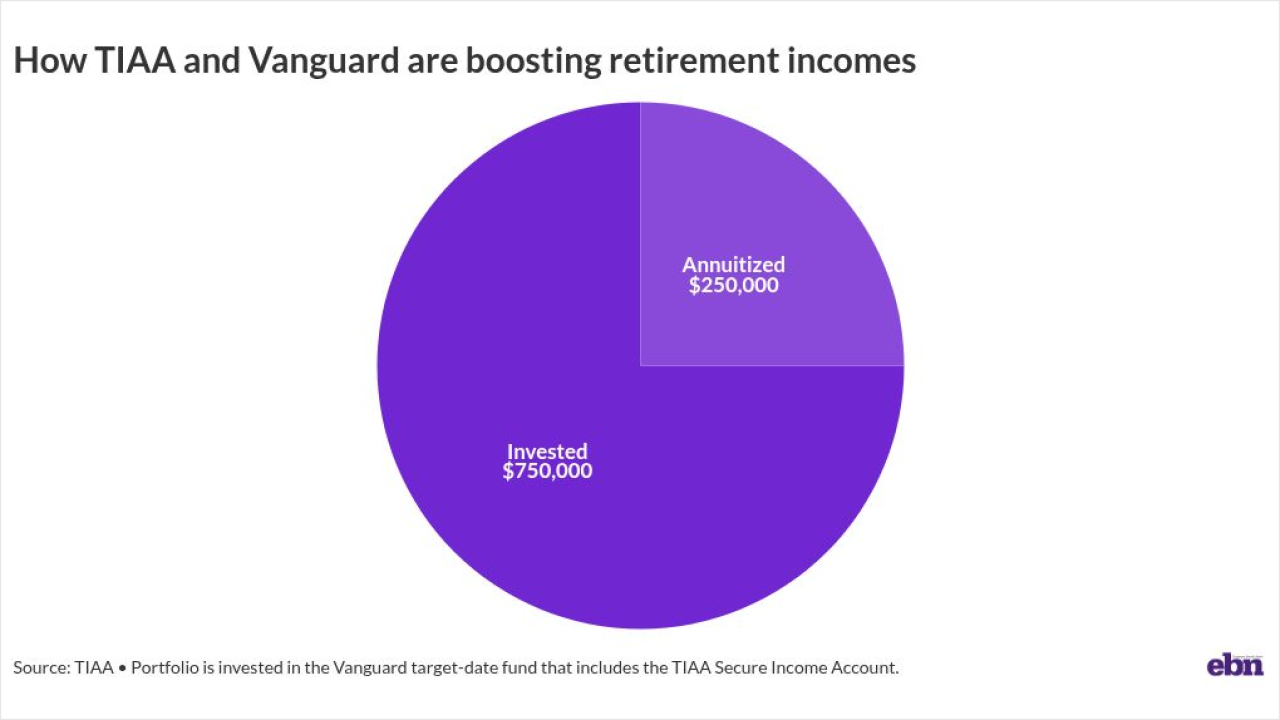Brokers, consultants and a range of industry professionals were drawn to Employee Benefit Adviser’s annual
The conferences, held in New Orleans, Las Vegas and Boca Raton, Fla., gave advisers an opportunity to network with peers, learn about how fellow brokers are remodeling their business structures and take advantage of technology designed to capitalize on the latest benefit trends.

Here is a recap of some of the top conference sessions of the year:
Workplace Benefits Renaissance
· After the death of an adviser friend, David Hatter, president of Arista Financial Group in Alpharetta, Ga., came to the realization that a broker can only grow his company so far if he’s the key sales person. “You may be the biggest obstacle to your success,” he told attendees. Achieving a business model where the company is able to run without its leader is a long process, he said, but the key is to start by finding the right people.
See: “
· There are two forces at work in the employee benefits landscape that are driving a need for agency owners to focus on operational efficiency: margin pressure and competition, John Ollis, VP, sales & marketing at consulting, technology and outsourcing firm IBX told attendees. In fact, “a $100,000 expense reduction has the same profit effect as $500,000 in new revenue,” Ollis said. He encouraged advisers to start improving operational efficiency by measuring revenue tied to clients, carriers, service staff, size segments, producers and line of business into earned vs. paid commissions, base vs. bonus commissions and start and end dates.
See: “
Workplace Benefits Mania
· Speaking with employees soon after they completed the open enrollment process provided revealing insight for industry research firm LIMRA into why plan participants make the benefit decisions they do — and how employers and their advisers might improve the experience. LIMRA’s Associate Research Director Ron Neyer told attendees employees are open to taking a closer look at voluntary benefit offerings with the right communication and planning ahead of the open enrollment process. “The biggest takeaway is peoples’ minds can be changed,” Neyer said.
See: “
· More than 43 million Americans have more than $1.3 trillion in student loans — more than doubling from $600 million in 2006. This dramatic increase is creating a crisis for younger workers, an opportunity for brokers and a push for legislators to do something. Chris Walters, CEO of GradFin, told attendees 80% of employees saying they would like to work for a company that offers the benefit. “This market is set to grow and you can be in the beginning,” he said.
See: “
Workplace Benefits Summit
· Advisers should commit to learning about HR technology the same way they’d dive into educating themselves on a new line of insurance coverage, a panel of experts said at the conference. The benefits industry is undergoing a technology revolution, with the field set for exponential growth starting now, explained Mike Smith, director of exchange solutions at Lockton. “A benefits professional [needs to] better understand the macro environment they are going through and we [advisers] have a tremendous opportunity to help our clients understand the technology,” he added.
See: “
· There is a big concern in the broker community that within the next three years they may be competing with an entity that might not call itself a broker on the surface, a panel of experts said at the show. Sixty percent of brokers think they will be competing with a ben admin platform and 56% an outsourcing platform, Adam Feltes, distribution channel manager, specialty markets at Guardian, told attendees, citing his company’s data. “These are stats that tell us long way to go, we are only at the beginning of the ben tech era,” he said.





